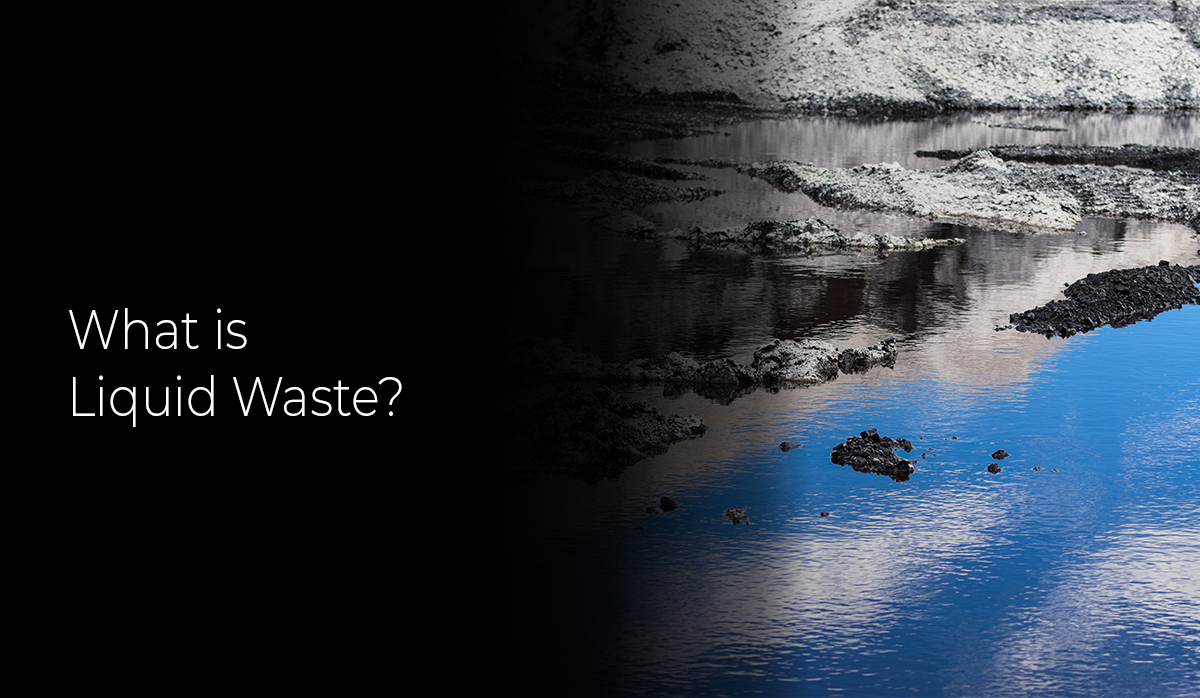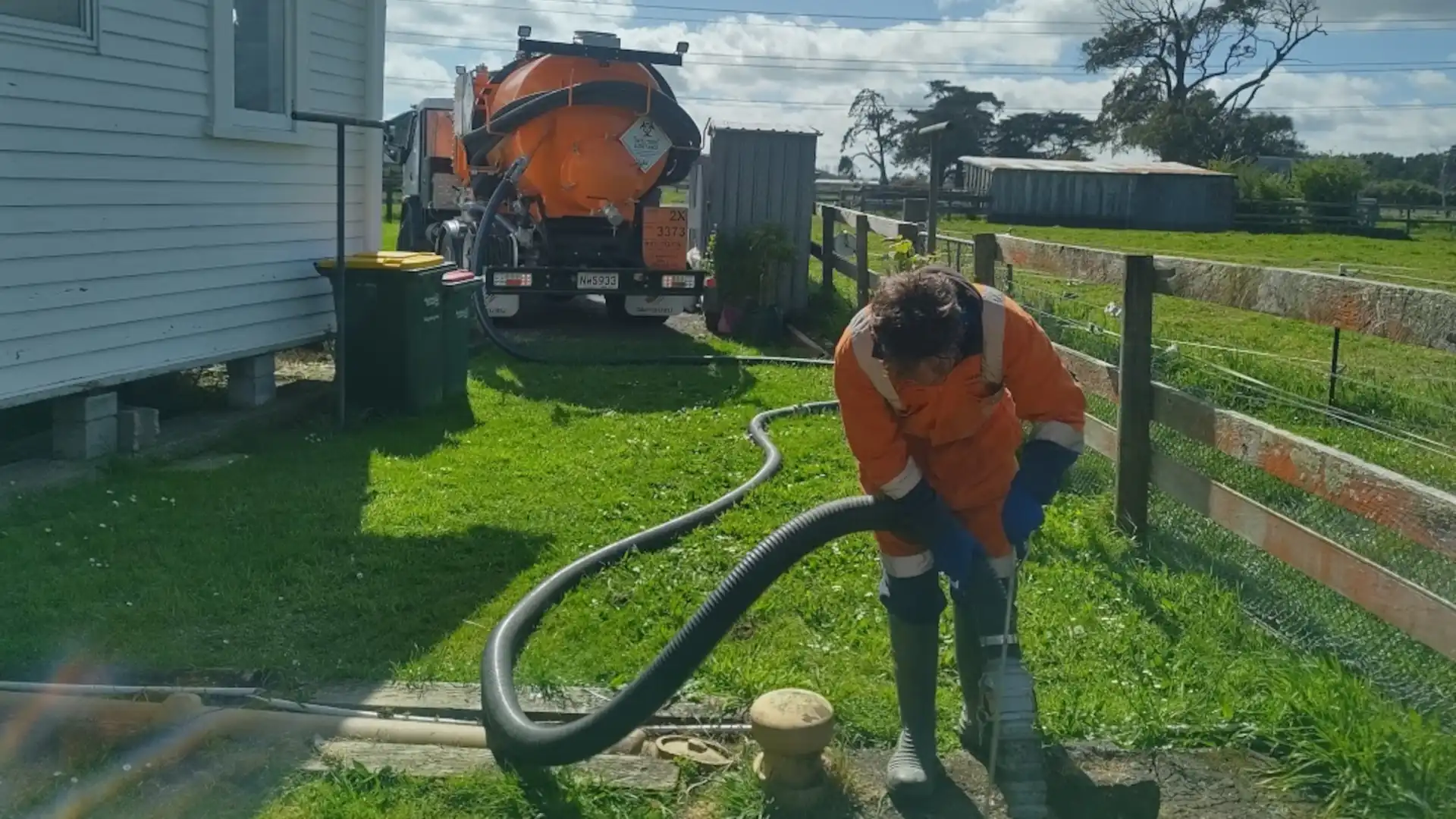Professional Liquid Waste Removal Melbourne: Keeping Your Setting Clean
Professional Liquid Waste Removal Melbourne: Keeping Your Setting Clean
Blog Article
How Fluid Garbage Disposal Functions: A Comprehensive Overview of Techniques and Technologies Employed

Overview of Fluid Waste Types
The intricacy of liquid waste kinds necessitates an extensive understanding of their qualities and ramifications for disposal. Liquid waste can broadly be categorized right into a number of types, consisting of commercial, municipal, agricultural, and contaminated materials. Each category shows distinctive residential properties, requiring certain management strategies to minimize ecological and health and wellness threats.
Industrial liquid waste stems from manufacturing processes and commonly consists of a variety of contaminants, such as hefty metals, solvents, and natural compounds. Local fluid waste, primarily consisting of wastewater from households and business establishments, includes raw material, nutrients, and pathogens (industrial wastewater treatment). Agricultural fluid waste, including runoff from ranches, may consist of fertilizers, pesticides, and pet waste, positioning risks to water top quality and ecosystems
Dangerous fluid waste is characterized by its toxicity, sensitivity, or potential to cause harm. This category includes materials like acids, bases, and certain chemicals that require rigid handling and disposal methods. Understanding these varied fluid waste types is critical for establishing efficient disposal techniques and guaranteeing conformity with environmental laws. Proper classification and characterization are vital for implementing proper treatment strategies and reducing the negative effects on public health and wellness and the atmosphere.
Physical Therapy Approaches

Screening is the first step, where larger bits and debris are removed from the fluid waste making use of screens or grates. This process safeguards downstream tools from damages and guarantees smoother operation. Complying with testing, sedimentation utilizes gravitational force to separate solids from fluids. In sedimentation storage tanks, much heavier particles settle at the bottom, forming a sludge layer, while the cleared up fluid can be more dealt with.
Filtering is one more crucial technique that involves passing the fluid with permeable products, such as sand or membrane layers, to catch smaller particles. This action enhances the top quality of the liquid, making it appropriate for subsequent therapy processes.

Chemical Treatment Methods
Chemical therapy techniques are necessary for properly taking care of fluid waste, particularly in addressing liquified and colloidal pollutants that physical methods might not effectively remove. These methods make use of numerous chemical see this page representatives to reduce the effects of, speed up, or transform harmful materials right into less dangerous forms.
One common approach is coagulation and flocculation, where chemicals such as alum or ferric chloride are contributed to promote the aggregation of suspended particles. This process boosts sedimentation, allowing for easier elimination of the resulting sludge. Additionally, oxidation procedures, using agents like chlorine or ozone, are utilized to break down intricate natural substances and pathogens, rendering the waste more secure for discharge or more therapy.
Neutralization is an additional crucial technique, which adjusts the pH of acidic or alkaline waste streams to neutral levels, stopping potential injury to downstream systems and the environment. Moreover, advanced oxidation procedures (AOPs) use combinations of oxidants and ultraviolet light to deteriorate persistent pollutants, achieving a higher degree of therapy effectiveness.
Organic Treatment Processes
Biological treatment processes play a critical role in the administration of liquid waste by using bacteria to decay raw material and decrease contaminant degrees. These procedures can be generally categorized right into cardio and anaerobic therapies, each utilizing details microbial areas to accomplish efficient waste destruction.
Cardio treatment involves the usage of oxygen to promote the failure of organic materials by bacteria. This procedure is generally carried out in triggered sludge systems, where aeration containers provide a favorable atmosphere for microbial growth, resulting in the oxidation of natural pollutants. The resultant biomass can be separated from treated effluent via sedimentation.
On the other hand, anaerobic treatment happens in the absence of oxygen, relying on various germs to damage down raw material. This technique is especially useful for high-strength waste, as it produces biogas, an eco-friendly energy resource, while decreasing sludge manufacturing. Technologies such as anaerobic digesters are regularly utilized in industrial and local applications.
Both anaerobic and aerobic organic treatments not only decrease the ecological impact of liquid waste however also help with resource recovery, making them necessary components of sustainable waste administration methods. Their adaptability, performance, and efficiency sustain their extensive application across various industries.
Arising Technologies in Disposal
Cutting-edge methods to fluid garbage disposal are quickly progressing, driven by improvements in technology and an increasing focus on sustainability. Amongst these arising technologies, membrane bioreactors (MBRs) have actually acquired traction for their capability to incorporate biological therapy with membrane filtering, leading to Visit Website high-grade effluent that can be reused in different applications. MBRs enable smaller impacts and more effective operations contrasted to traditional systems.
Another encouraging advancement is the use of anaerobic food digestion combined with nutrient healing innovations, which not only deals with fluid waste yet additionally produces biogas and recoups beneficial nutrients like nitrogen and phosphorus. This twin advantage boosts source effectiveness and decreases ecological influence.
Furthermore, advanced oxidation processes (AOPs) are being taken on for the destruction of complex organic pollutants. These approaches utilize powerful oxidants and catalysts to break down pollutants at the molecular level, supplying a very reliable solution for difficult waste streams.
Additionally, the combination of artificial knowledge and maker learning in waste monitoring systems is maximizing operational effectiveness and anticipating maintenance, causing reduced prices and enhanced environmental conformity. These modern technologies mirror a find here considerable shift in the direction of even more effective and sustainable liquid waste disposal methods.
Verdict
To conclude, effective liquid waste disposal demands a detailed understanding of numerous strategies and modern technologies. The combination of physical, chemical, and biological therapy methods ensures the efficient administration of varied waste types. Furthermore, the development of cutting-edge innovations enhances therapy efficiency and promotes sustainability in waste monitoring methods. By constantly advancing these techniques, it comes to be possible to address the growing challenges connected with liquid waste, eventually contributing to environmental protection and resource recuperation.
Fluid waste disposal is a crucial aspect of environmental management, needing a detailed understanding of numerous techniques and innovations tailored to different waste kinds. Fluid waste can broadly be categorized into several types, consisting of commercial, metropolitan, agricultural, and dangerous waste. Agricultural liquid waste, including overflow from farms, might include fertilizers, chemicals, and animal waste, posturing threats to water top quality and ecological communities.
Various physical therapy methods play a vital duty in taking care of fluid waste effectively - industrial wastewater treatment.In conclusion, efficient liquid waste disposal necessitates an extensive understanding of different methods and technologies
Report this page